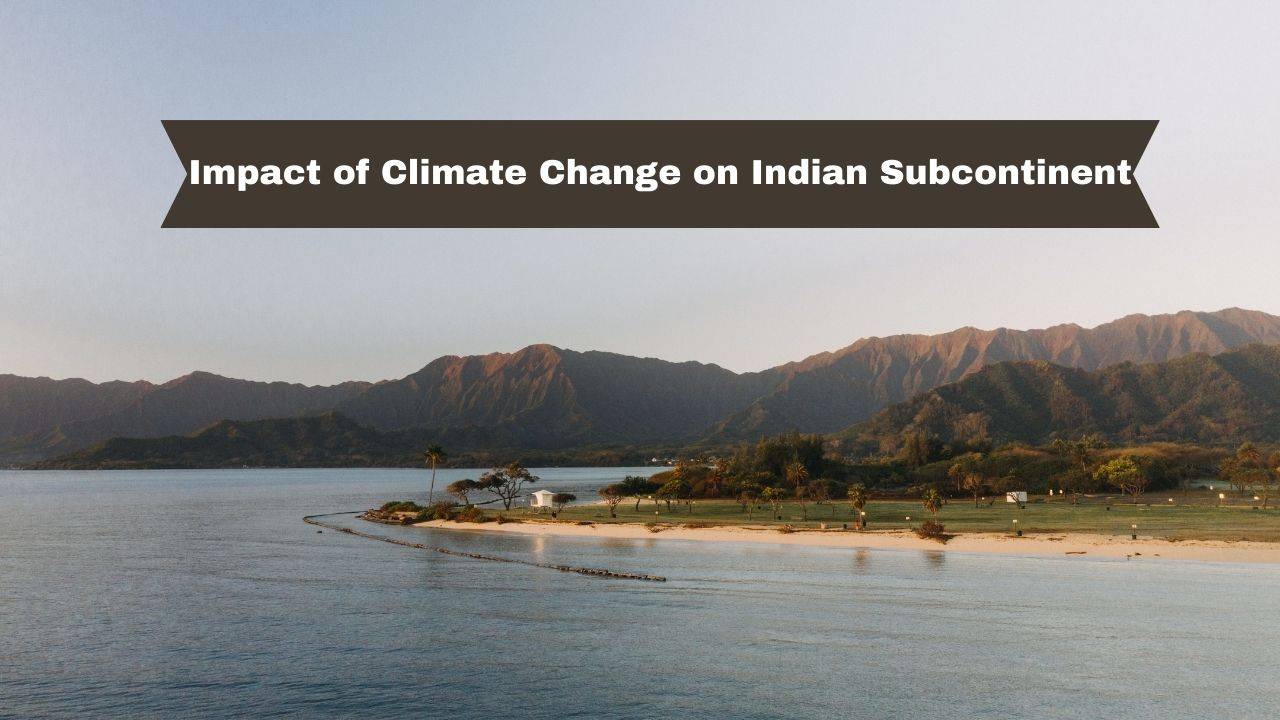
The Ministry of Earth Sciences (MoES) in 2020 released a comprehensive report titled 'Assessment of Climate Change over the Indian Region,' highlighting the significant impact of climate change on the Indian subcontinent.
The findings, disclosed by Union Minister of Earth Sciences, Kiren Rijiju, in a written reply in the Lok Sabha, paint a concerning picture of rising temperatures, extreme weather events, and rising sea levels.
According to the report, India's average temperature surged by approximately 0.7 degrees Celsius during the period 1901-2018. Such a temperature rise has far-reaching consequences for agriculture, ecosystems, and public health.
One of the most alarming revelations in the report is the increased frequency of daily precipitation extremes, with rainfall intensities exceeding 150 mm per day. Between 1950 and 2015, such extreme rainfall events witnessed a staggering surge of about 75%. The growing intensity of rainfall poses severe risks of flooding and landslides, disrupting lives and causing significant economic losses.
Furthermore, the report identifies a significant rise in the frequency and spatial extent of droughts across India during the period 1951-2015. Prolonged droughts intensify water scarcity and threaten food security and livelihoods for millions of people.
The study also sheds light on the rising sea levels in the North Indian Ocean, which escalated at a rate of 3.3 mm per year between 1993 and 2017. Such an increase poses a direct threat to coastal regions, leading to erosion, loss of land, and heightened vulnerability to storm surges and tidal floods.
Another distressing finding is the amplified occurrence of Severe Cyclonic Storms over the Arabian Sea during the post-monsoon seasons from 1998 to 2018. These cyclones unleash devastation on coastal areas, causing human casualties, displacements, and infrastructure damage.
The report underscores the urgency for robust climate action and adaptation measures in India. The Indian Meteorological Department (IMD) plays a pivotal role in monitoring the climate of the Indian region. It releases yearly publications like the "Annual Climate Summary" and monthly climate summaries that provide crucial information on temperature, rainfall, and extreme weather events.
As the nation combats the mounting impacts of climate change, the report serves as a wake-up call for policymakers, industries, and citizens to work collectively towards mitigating greenhouse gas emissions and implementing strategies to build resilience against the unfolding climate crisis. Failure to address these challenges promptly may result in irreversible consequences for India's environment, economy, and society.









